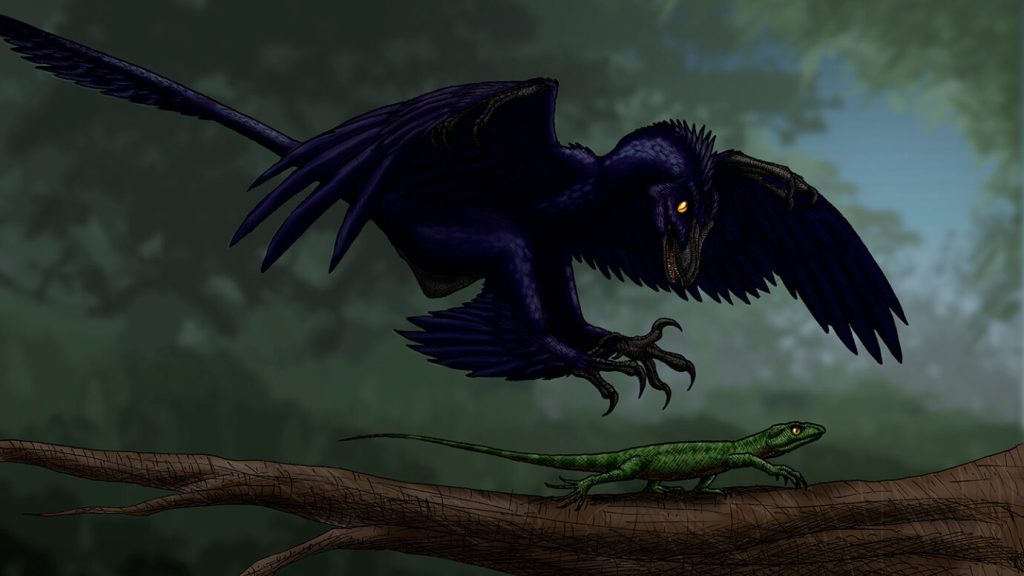Greta Thunberg’s new book urges the world to take climate action now

The best shot we have at minimizing the future impacts of climate change is to limit global warming to 1.5 degrees Celsius. Since the Industrial Revolution began, humankind has already raised the average global temperature by about 1.1 degrees. If we continue to emit greenhouse gases at the current rate, the world will probably surpass the 1.5-degree threshold by the end of the decade.
That sobering fact makes clear that climate change isn’t just a problem to solve someday soon; it’s an emergency to respond to now. And yet, most people don’t act like we’re in the midst of the greatest crisis humans have ever faced — not politicians, not the media, not your neighbor, not myself, if I’m honest. That’s what I realized after finishing The Climate Book by Greta Thunberg.
The urgency to act now, to kick the addiction to fossil fuels, practically jumps off the page to punch you in the gut. So while not a pleasant read — it’s quite stressful — it’s a book I can’t recommend enough. The book’s aim is not to convince skeptics that climate change is real. We’re well past that. Instead, it’s a wake-up call for anyone concerned about the future.
A collection of bite-size essays, The Climate Book provides an encyclopedic overview of all aspects of the climate crisis, including the basic science, the history of denialism and inaction, and what to do next. Thunberg, who became the face of climate activism after starting the Fridays For Future protests as a teenager (SN: 12/16/19), assembles an all-star roster of experts to write the essays.
The first two sections of the book lay out how a small amount of warming can have major, far-reaching effects. For some readers, this will be familiar territory. But as each essay builds on the next, it becomes clear just how delicate Earth’s climate system is. What also becomes clear is the significance of 1.5 degrees (SN: 12/17/18). Beyond this point, scientists fear, various aspects of the natural world might reach tipping points that usher in irreversible changes, even if greenhouse gas emissions are later brought under control. Ice sheets could melt, raise sea levels and drown coastal areas. The Amazon rainforest could become a dry grassland.
The cumulative effect would be a complete transformation of the climate. Our health and the livelihood of other species and entire ecosystems would be in danger, the book shows. Not surprisingly, essay after essay ends with the same message: We must cut greenhouse gas emissions, now and quickly.
Repetition is found elsewhere in the book. Numerous essays offer overlapping scientific explanations, stats about emissions, historical notes and thoughts about the future. Rather than being tedious, the repetition reinforces the message that we know what the climate change threat is, we know how to tackle it and we’ve known for a long time.
Thunberg’s anger and frustration over the decades of inaction, false starts and broken pledges are palpable in her own essays that run throughout the book. The world has known about human-caused climate change for decades, yet about half of all human-related carbon dioxide emissions ever released have occurred since 1990. That’s the year the Intergovernmental Panel on Climate Change released its first report and just two years before world leaders met in Rio de Janeiro in 1992 to sign the first international treaty to curb emissions (SN: 6/23/90).
Perversely, the people who will bear the brunt of the extreme storms, heat waves, rising seas and other impacts of climate change are those who are least culpable. The richest 10 percent of the world’s population accounts for half of all carbon dioxide emissions while the top 1 percent emits more than twice as much as the bottom half. But because of a lack of resources, poorer populations are the least equipped to deal with the fallout. “Humankind has not created this crisis,” Thunberg writes, “it was created by those in power.”
That injustice must be confronted and accounted for as the world addresses climate change, perhaps even through reparations, Olúfẹ́mi O. Táíwò, a philosopher at Georgetown University, argues in one essay.
So what is the path forward? Thunberg and many of her coauthors are generally skeptical that new tech alone will be our savior. Carbon capture and storage, or CCS, for example, has been heralded as one way to curb emissions. But less than a third of the roughly 150 planned CCS projects that were supposed to be operational by 2020 are up and running.
Progress has been impeded by expenses and technology fails, science writer Ketan Joshi explains. An alternative might be “rewilding,” restoring damaged mangrove forests, seagrass meadows and other ecosystems that naturally suck CO2 out of the air (SN: 9/14/22), suggest environmental activists George Monbiot and Rebecca Wrigley.
Fixing the climate problem will not only require transforming our energy and transportation systems, which often get the most attention, but also our economies (endless growth is not sustainable), political systems and connection to nature and with each other, the book’s authors argue.
The last fifth of the book lays out how we could meet this daunting challenge. What’s needed is a critical mass of individuals who are willing to make lifestyle changes and be heard. This could trigger a social movement strong enough to force politicians to listen and create systemic and structural change. In other words, it’s time to start acting like we’re in a crisis. Thunberg doesn’t end the book by offering hope. Instead, she argues we each have to make our own hope.
“To me, hope is not something that is given to you, it is something you have to earn, to create,” she writes. “It cannot be gained passively, through standing by and waiting for someone else to do something. Hope is taking action.”





